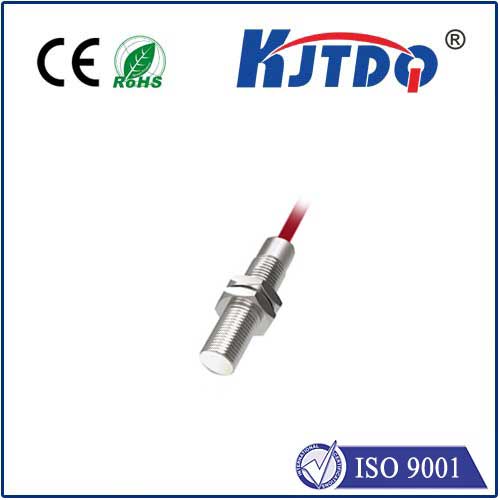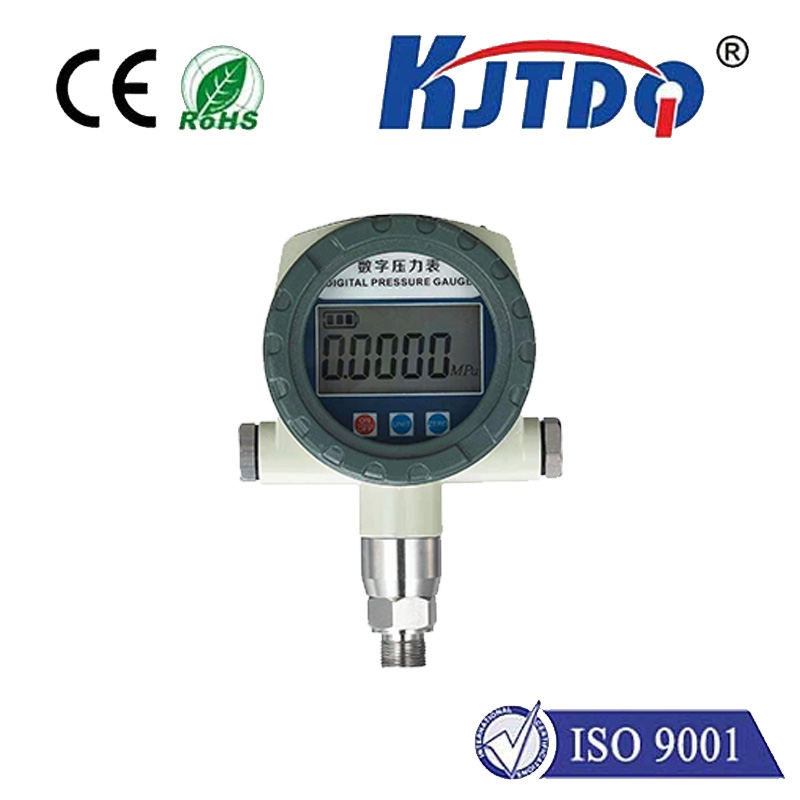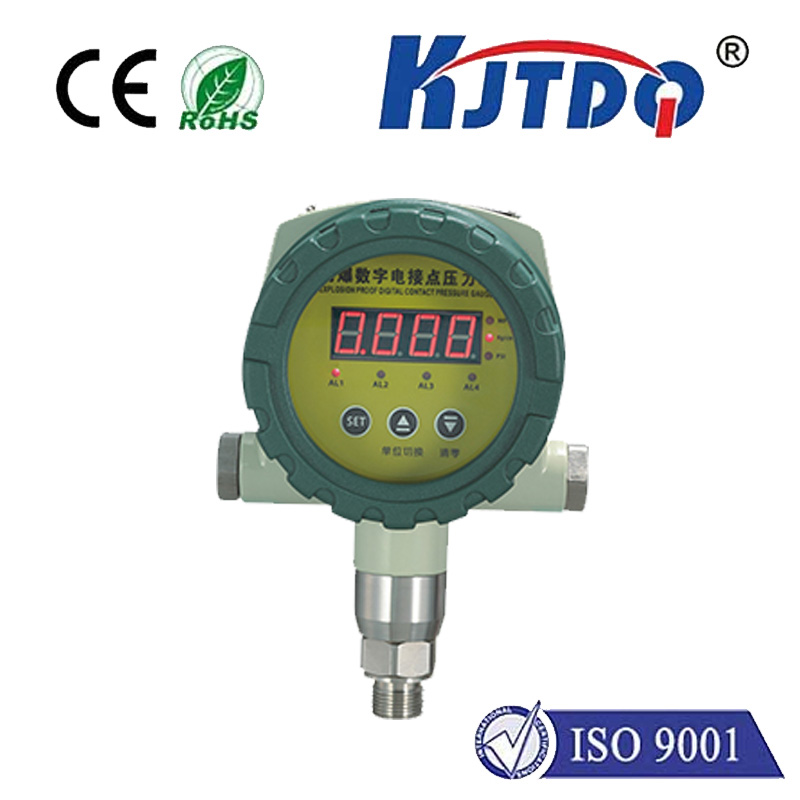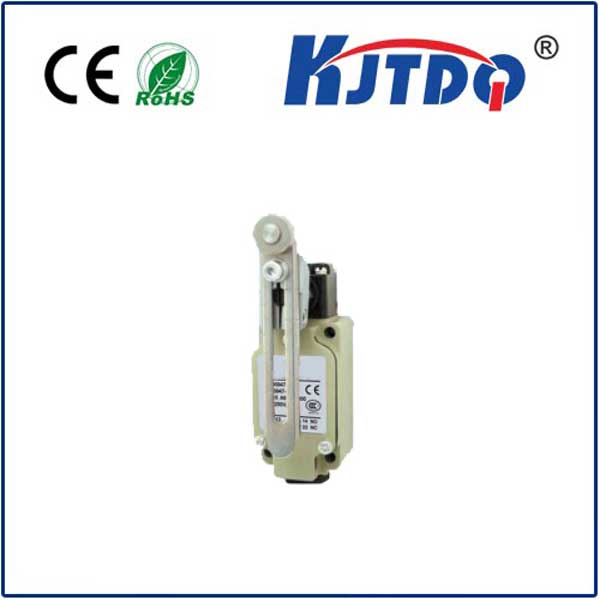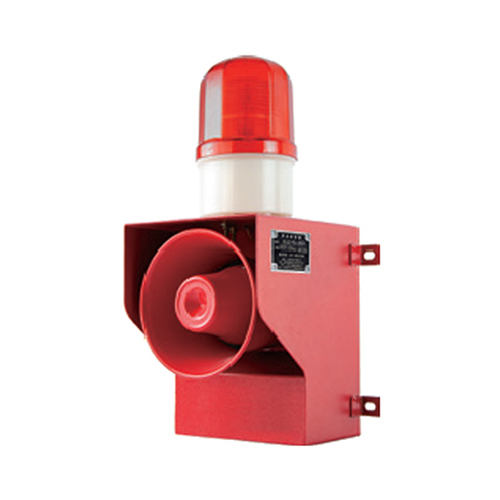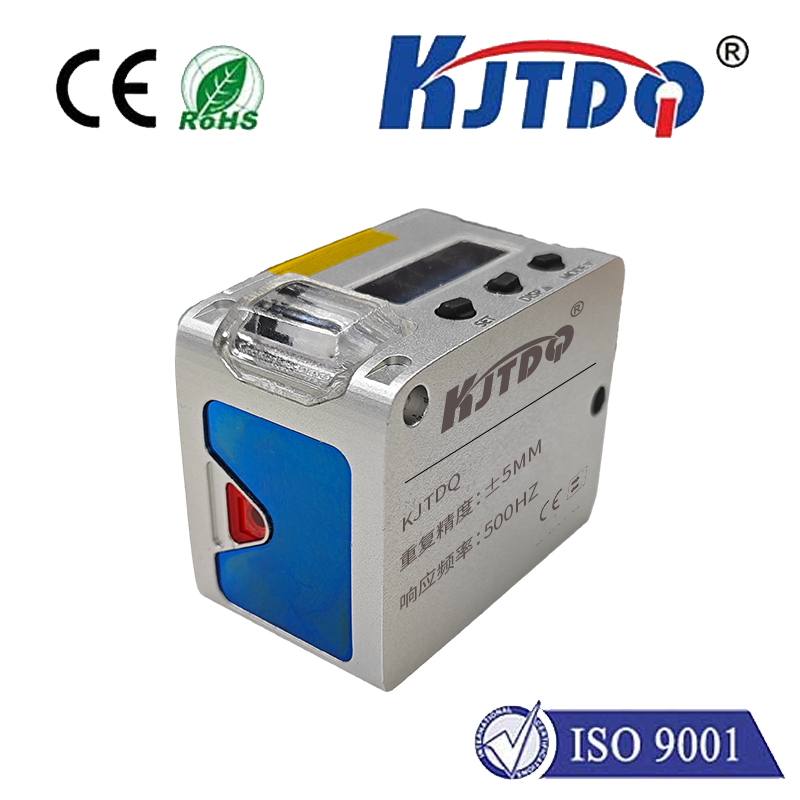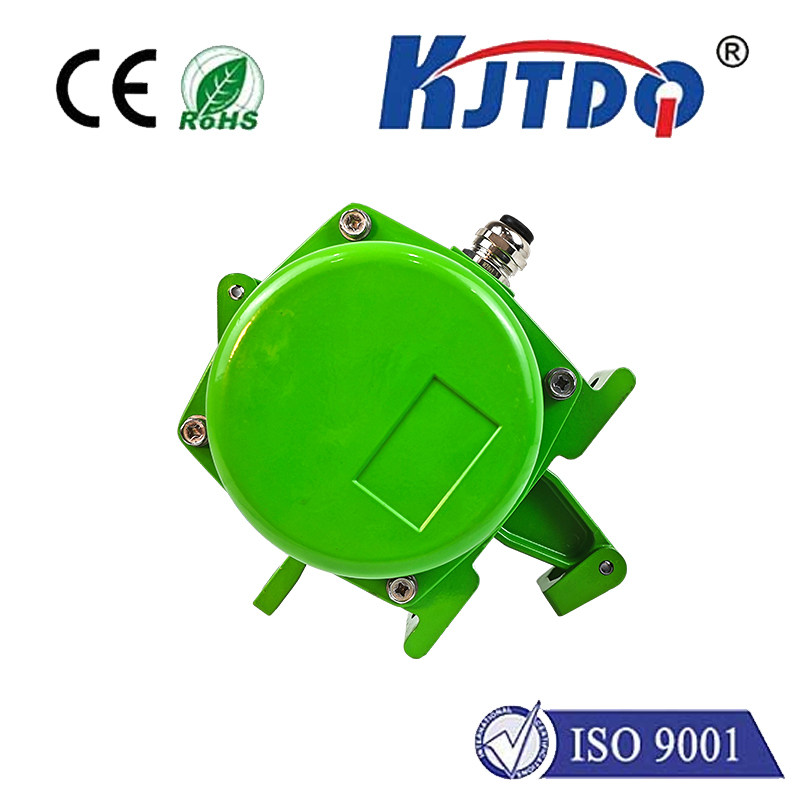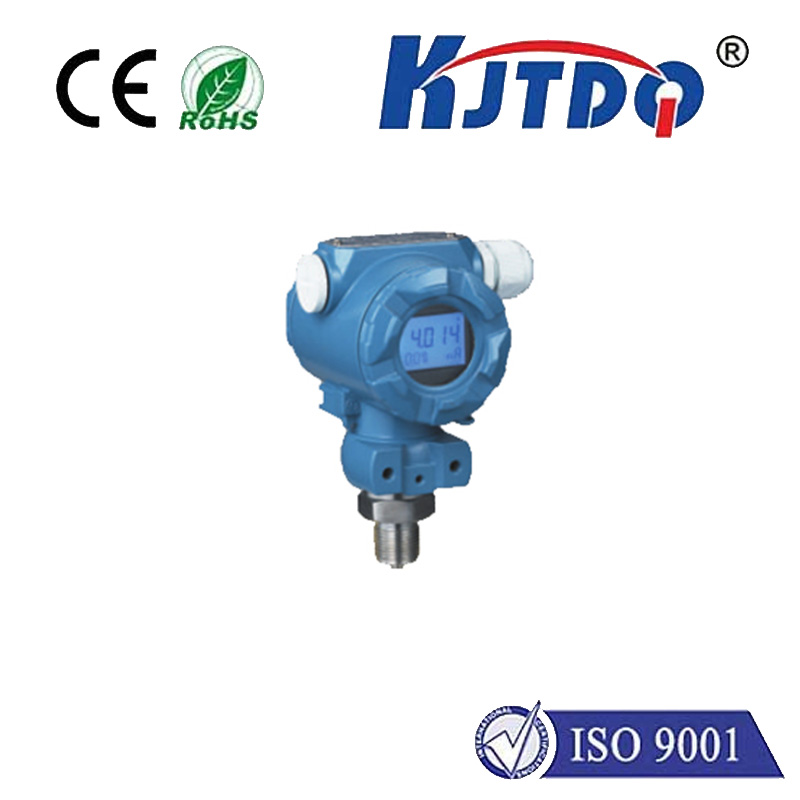photo sensor working
- time:2025-07-25 02:53:32
- Click:0
The Tiny Light Detectives: Demystifying How Photo Sensors Actually Work
We interact with them countless times a day, often without a second thought. That automatic door opening for you? A photo sensor detected your presence. Your smartphone adjusting screen brightness? A photo sensor reads the ambient light. Your digital camera capturing a perfect shot? You guessed it – photo sensors are the fundamental enablers. But how exactly do these remarkable devices convert light, a form of energy we can see, into an electrical signal, a language that machines understand? Understanding the fundamental principles of photo sensor working unlocks the magic behind much of our modern technology.
At its absolute core, a photo sensor (or photodetector) is a specialized electronic component designed to react to light. Its primary job is to detect the presence, intensity, wavelength (color), or position of light and translate that optical information into an electrical output – usually a change in voltage, current, or resistance. This crucial process forms the bridge between the physical world of light and the digital world of electronics.
The Heart of the Matter: Photosensitive Materials
The magic begins with the choice of material. Photo sensors leverage semiconductor materials like silicon (Si), germanium (Ge), gallium arsenide (GaAs), or indium gallium arsenide (InGaAs). Why semiconductors? Their unique electronic properties change dramatically when exposed to photons – the fundamental particles of light.

Inside these materials, electrons exist at different energy levels. Normally, they reside in the lower-energy valence band. To become mobile and conduct electricity, they need a significant energy boost to jump across the “forbidden gap” into the conduction band. Here’s where light plays its crucial role:
- Photoelectric Effect: This is the foundational principle. When a photon carrying sufficient energy (determined by its wavelength – higher energy corresponds to shorter wavelengths like blue or UV light) strikes an atom in the semiconductor material, it can transfer its energy to an electron in the valence band.
- The Energy Leap: If the photon’s energy is greater than the bandgap energy of the semiconductor material, the electron absorbs this energy. This grants the electron enough energy to overcome the bandgap and jump into the conduction band, leaving behind a positively charged “hole” in the valence band.
- Generating Charge Carriers: This process creates an electron-hole pair – a free electron (negative charge) now mobile in the conduction band and a corresponding hole (effectively a positive charge) mobile in the valence band. The generation of these charge carriers is the key event.
Transduction: From Photons to Electrical Signals
The generation of electron-hole pairs is the first step. The photo sensor working principle then involves converting these mobile charges into a measurable electrical signal. This happens differently depending on the specific type of photo sensor:
- Photoconductive Mode: Used in devices like Light Dependent Resistors (LDRs) or photoresistors.
- The semiconductor material is designed to have higher resistance in the dark (few free charge carriers).
- When light photons strike the material, they generate numerous electron-hole pairs.
- The presence of these mobile charge carriers significantly reduces the electrical resistance of the material. More light intensity means more charge carriers and lower resistance.
- By running a small current through the material and measuring the voltage drop, the change in resistance (and thus light level) can be detected.
- Photovoltaic Mode: The basis for solar cells and certain photodiodes operating without bias.
- This mode relies directly on the internal electric field built into semiconductor junctions, most commonly the P-N junction found in photodiodes.
- When light generates an electron-hole pair within the depletion region (the area around the P-N junction where the internal field exists), this electric field forcefully sweeps the electron towards the N-side and the hole towards the P-side.
- This charge separation creates a voltage difference (photovoltage) across the terminals of the device. This voltage can be measured directly. The photovoltaic effect generates its own potential.
- Photodiode Mode (Reverse Bias): The most common and versatile operational mode for precision photodiodes.
- The photodiode is connected in reverse bias during operation (positive voltage to cathode, negative to anode).
- In reverse bias, the P-N junction’s depletion region widens. Very little dark current normally flows.
- When light hits the depletion region (or areas where photons can reach it), electron-hole pairs are generated.
- The strong reverse-bias electric field rapidly sweeps these charge carriers across the junction.
- This movement of charge constitutes a photocurrent that flows through the external circuit in proportion to the incident light intensity. This photocurrent is the primary output signal.
- Reverse bias significantly speeds up the response time of the photodiode compared to photovoltaic mode.
- Phototransistor Mode: Combining detection and amplification.
- A phototransistor is essentially a bipolar junction transistor (BJT) where light primarily takes the role of the base current.
- Light striking the base-collector junction generates base current by creating electron-hole pairs.
- This photogenerated base current is then amplified by the standard transistor action, resulting in a much larger collector-emitter current. This provides inherent signal gain but can be slower than a simple photodiode.
From Signal to Sense: Processing the Output
The raw electrical signal generated by the photo sensor (whether a change in resistance, a photovoltage, or a photocurrent) is usually small and needs further processing to be useful. This is where supportive electronics come in:
- Amplifiers: Boost the weak electrical signal to usable levels.
- Analog-to-Digital Converters (ADCs): Convert the analog voltage or current signal into a digital value that a microcontroller or computer can process.
- Comparators: Used in simpler circuits to trigger an action when the light level crosses a specific threshold (like turning off a streetlight at dawn).
- Signal Conditioning: Filtering out electrical noise or compensating for non-linear responses.
The Power of Light Detection: Real-World Impact
Understanding photo sensor working principles explains why they are indispensable across countless applications:
- Imaging: CMOS and CCD sensors in cameras and smartphones are vast arrays of microscopic photodiodes, each capturing the light intensity for a single pixel.
- Light Level Control: Automatic headlights, screen brightness adjustment, daylight harvesting in smart buildings.
- Object/Presence Detection: Automatic doors, industrial assembly line counters, security light beams.
- Optical Communications: Fiber optic receivers use high-speed photodiodes to convert light pulses back into electrical data signals.
- Barcode Scanners: Detect reflected laser light patterns.
- Medical Devices: Pulse oximeters, blood analyzers.
- Remote Controls: Infrared photodiodes receive coded signal bursts.
- Spectroscopy: Identifying materials based on the light they absorb or emit.
- Position Sensing: Photodiodes in linear or quadrant arrays determine the precise location of a laser spot or shadow.
Choosing the Right Photodetector: Factors like required sensitivity, speed of response, detectable wavelength range (e.g., visible, IR, UV), operating environment, power consumption, and cost determine whether an LDR, photodiode, phototransistor, or a more specialized sensor (like an avalanche photodiode or photomultiplier tube) is the best fit.
The journey from photon to electrical signal






